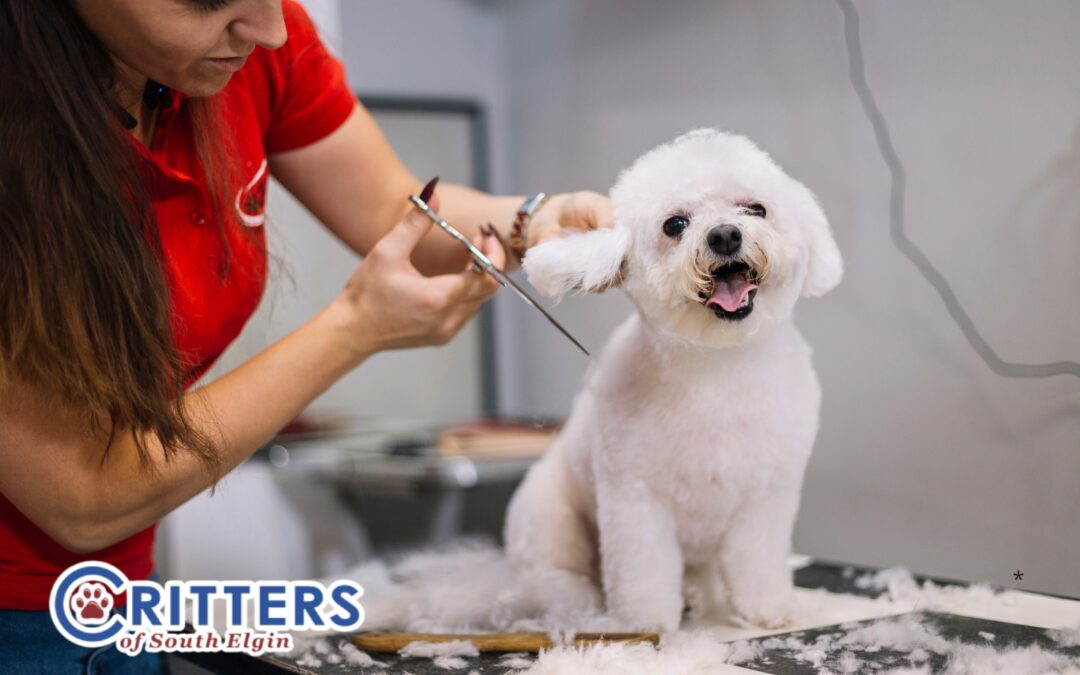
Seasonal Grooming: Preparing Your Pet’s Coat for Winter
As winter sets in, your pet’s coat begins to change, at least if you let their coat do what it’s designed to do. With the right approach, you can keep your pet warm, comfortable, and free from matting or dryness all winter long.
Let the Winter Coat Develop Naturally
Many breeds grow a thicker undercoat when the weather cools, but frequent clipping or shaving can interfere with this process.
If your pet normally sports a shorter cut during the summer, you’ll want to plan ahead for winter. Around early fall, start letting the coat grow out so it has time to develop properly before temperatures really drop. A longer coat traps air close to the body, acting as insulation against the cold.
Brush More, Not Less
It’s easy to assume that winter grooming means less brushing, but that’s exactly when your pet needs it most.
Brushing stimulates natural oils in your pet’s skin, helping prevent dryness, and also removes loose fur and debris so the coat can fluff properly for insulation.
For double-coated breeds, use an undercoat rake or slicker brush to reach down through dense fur. Short-haired dogs and cats still benefit from a good rubber brush or mitt to boost circulation and shine.
Bathing in Winter: Less Is More
Frequent bathing in cold months can strip away the natural oils that protect your pet’s skin and coat. Instead of weekly washes, aim for once a month.
Use lukewarm water, a gentle moisturizing shampoo, and dry your pet thoroughly afterward. A towel followed by a quick blow-dry on a low-heat setting works well.
Trim, Don’t Shave
Winter isn’t the time for a close trim. You don’t want to remove the natural barrier your pet needs to stay warm. But trimming long fur around certain areas helps with cleanliness and comfort:
- Trim hair between paw pads to keep ice, salt, and debris from sticking.
- A neat trim of the hindquarters keeps snow or mud from clinging.
- Keep hair around the eyes and ears short so moisture doesn’t get trapped, which can lead to irritation or infection.
Pay Attention to Indoor Air
Indoor heating systems dry out the air and your pet’s coat along with it. That’s why hydration is part of winter grooming. Make sure your pet always has access to fresh water, and consider using a humidifier to balance the air indoors.
Know Your Pet’s Breed and Coat Type
Not every pet’s coat behaves the same in winter. Double-coated breeds will shed their undercoat in spring and fall, while single-coated breeds rely more on external warmth from clothing or bedding. Short-haired dogs may need a sweater when heading outdoors, while those bred for northern climates often prefer the cold.
As the weather turns frosty, let that coat do what nature intended. With just a bit of upkeep (and maybe some extra cuddles by the heater), your pet will stay cozy and ready to face winter in style. We offer many grooming options for your pets needs at Critters Pet Shop of South Elgin.
